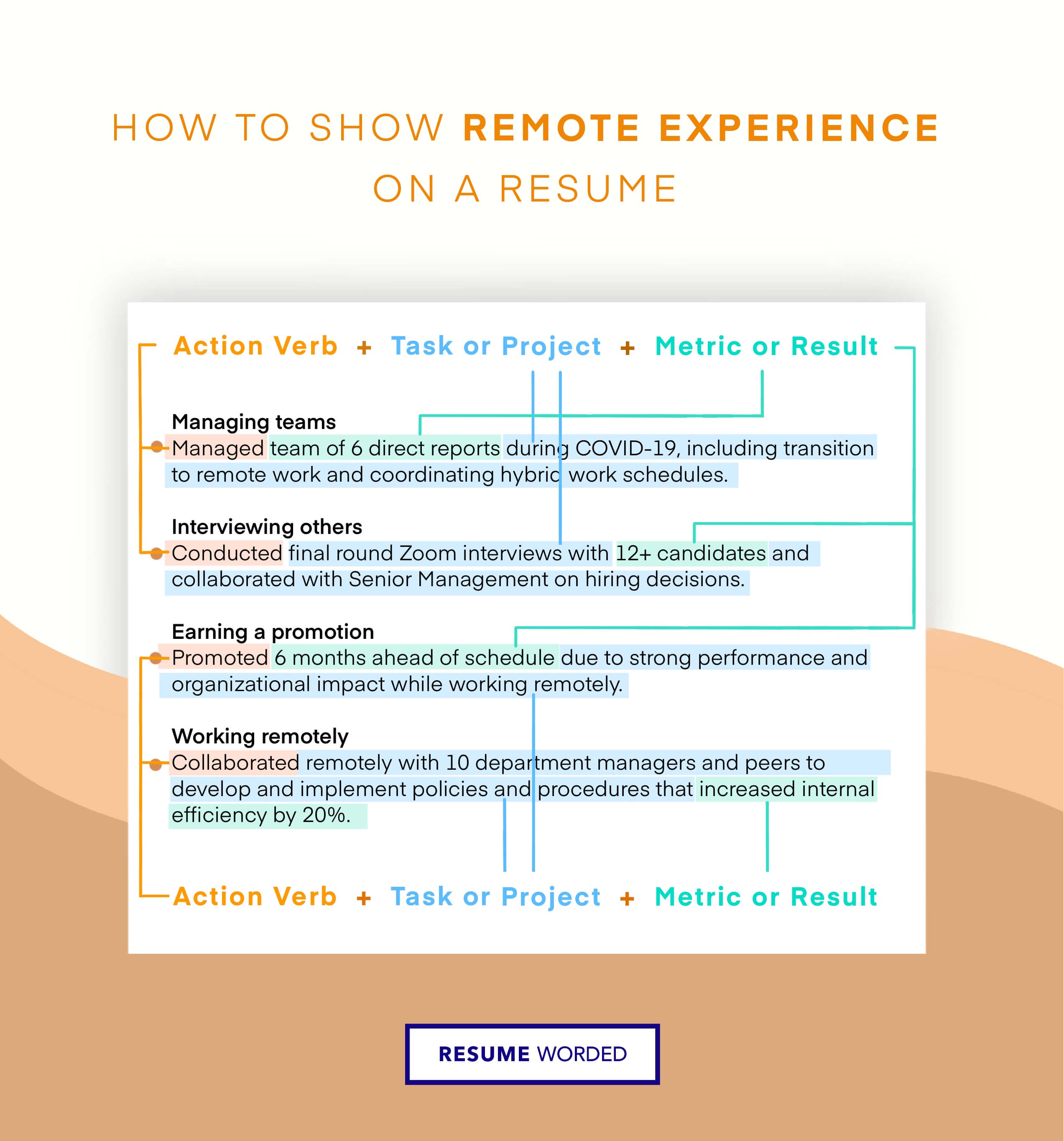Hey everyone! Physics can be a challenging subject, but mastering the fundamentals is crucial for building a strong foundation in science. One of the most essential and frequently used concepts in physics is the relationship between Work, Energy, and Power. Understanding how these three concepts intertwine is vital not only for acing your exams but also for comprehending various real-world phenomena, from the simple act of lifting a box to the complex workings of machines and power plants.
To help you solidify your understanding, I’ve put together a comprehensive guide centered around the Work, Energy, and Power worksheet. This isn’t just about memorizing formulas; it’s about understanding the underlying principles and applying them to solve problems. A good worksheet, when approached correctly, can be an excellent tool for practicing and internalizing these concepts. This post provides a breakdown of key topics covered in a typical worksheet, alongside solutions to common problems, allowing you to work through them yourself and check your answers. We will explore the different types of energy, how work transfers energy, and the rate at which work is done – power!
Understanding Work, Energy, and Power
Before diving into the solutions, let’s briefly recap the definitions and formulas you’ll need:
- Work (W): The energy transferred to or from an object by the application of force along a displacement. It’s scalar quantity. Formula: W = F * d * cos(θ), where F is the force, d is the displacement, and θ is the angle between the force and displacement vectors.
- Energy (E): The ability to do work. Energy exists in various forms, including kinetic energy (energy of motion) and potential energy (stored energy).
- Kinetic Energy (KE): KE = (1/2) * m * v², where m is the mass and v is the velocity.
- Potential Energy (PE): There are different types of potential energy, but the most common in introductory physics is gravitational potential energy: PE = m * g * h, where m is the mass, g is the acceleration due to gravity (approximately 9.8 m/s²), and h is the height.
- Power (P): The rate at which work is done or energy is transferred. Formula: P = W / t, where W is the work done and t is the time taken. Alternatively, P = F * v, where F is the force and v is the velocity.
Remember the units! Work and Energy are measured in Joules (J), and Power is measured in Watts (W).
Sample Work, Energy, and Power Problems and Solutions
Here are some sample problems that you might find on a Work, Energy, and Power worksheet. Consider these as examples and attempt similar problems on your own to reinforce your learning. I will provide the answer key for each problem. These answers should be viewed in conjunction with attempting to solve the questions yourself.
- Problem 1: A force of 50 N is applied to a block, causing it to move 10 meters horizontally. The force is applied at an angle of 30 degrees to the horizontal. Calculate the work done.
- Problem 2: A 2 kg ball is dropped from a height of 5 meters. Calculate its kinetic energy just before it hits the ground (assuming no air resistance).
- Problem 3: An engine lifts a 100 kg crate to a height of 10 meters in 5 seconds. Calculate the power output of the engine.
- Problem 4: A car with a mass of 1500 kg accelerates from rest to 20 m/s in 8 seconds. Calculate the average power delivered by the engine.
- Problem 5: A worker pushes a box with a force of 200N over a distance of 5 meters. If the force of friction is 50N, calculate the net work done on the box.
Work Energy And Power Worksheet Answer Key
Below is the answer key to the above work, energy, and power problems. Check your answers, and if you got any wrong, go back and review your work, paying close attention to the formulas and units.
- Problem 1:
Work (W) = F * d * cos(θ) = 50 N * 10 m * cos(30°) ≈ 433.01 J - Problem 2:
Potential Energy (PE) = m * g * h = 2 kg * 9.8 m/s² * 5 m = 98 J
Since all potential energy converts to kinetic energy (assuming no air resistance), KE = 98 J - Problem 3:
Work (W) = m * g * h = 100 kg * 9.8 m/s² * 10 m = 9800 J
Power (P) = W / t = 9800 J / 5 s = 1960 W - Problem 4:
Kinetic Energy (KE) = (1/2) * m * v² = (1/2) * 1500 kg * (20 m/s)² = 300000 J
Since the car started from rest, the work done is equal to the change in kinetic energy. W = 300000 J
Power (P) = W / t = 300000 J / 8 s = 37500 W (or 37.5 kW) - Problem 5:
Force of the worker = 200 N
Force of friction = 50 N
Net Force = 200N – 50N = 150N
Work (W) = F * d = 150 N * 5 m = 750 J
Remember, practice makes perfect! Don’t be discouraged if you struggle at first. The key is to keep practicing, understanding the concepts, and seeking help when needed. Good luck with your studies!
If you are looking for Resume Tips To Land You a Work From Home Job you’ve visit to the right place. We have 20 Images about Resume Tips To Land You a Work From Home Job like Office Equipment Needed To Work From Home at John Hargrove blog, How The Wheel Of Life Can Maximise Your Work Life Bal – vrogue.co and also Why Teamwork Makes the Dreamwork – The Collaborative Way®. Here it is:
Resume Tips To Land You A Work From Home Job

resumeworded.com
14 Types Of Work Schedules Explained – Quidlo

www.quidlo.com
30 Inspiring I Love My Job Quotes To Succeed In Work

greetingideas.com
6 Work Styles And How To Work With Each | Motion | Motion

www.usemotion.com
How The Wheel Of Life Can Maximise Your Work Life Bal – Vrogue.co

www.vrogue.co
How Much Work Meme

ar.inspiredpencil.com
Work-Life To Life Work Balance: What You Should Know | Insperity

www.insperity.com
14 Types Of Work Schedules Explained – Quidlo

www.quidlo.com
Smart Work Vs Hard Work | Who Wins The Game?

www.taskvirtual.com
LinkedIn Open To Work And Hiring Features – Octopus CRM

octopuscrm.io
Why Teamwork Makes The Dreamwork – The Collaborative Way®

collaborativeway.com
13 Ways To Answer "Why Do You Want To Work Here" | Robertson College

www.robertsoncollege.com
3 Successful Work From Home Resume Examples And Writing Tips For 2024

thisresumedoesnotexist.com
Embracing Flexibility: Empowering Employees And Cultivating Work-Life

mindfulroam.blogspot.com
Comparison Between Work From Home (WFH) And Work From Office (WFO).
www.linkedin.com
Working Under Pressure

ar.inspiredpencil.com
Five Tips On How To Reduce Stress At Work In 2023

vista.today
Work Under Pressure

ar.inspiredpencil.com
Motivational Quotes For Work: Boost Your Productivity! | By Jahid

medium.com
Office Equipment Needed To Work From Home At John Hargrove Blog

exosbgkfq.blob.core.windows.net
Linkedin open to work and hiring features. 6 work styles and how to work with each. Comparison between work from home (wfh) and work from office (wfo).
